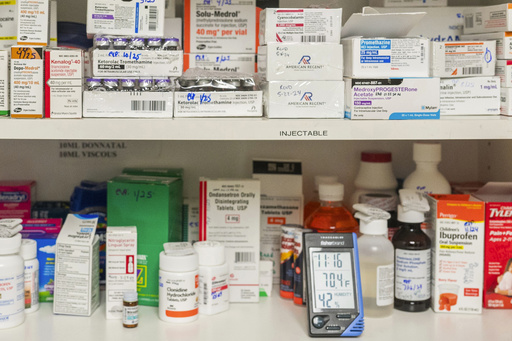Extreme heat not only poses a risk for heat-related illnesses but can also impact medications, amplifying their side effects. The heat can damage medicines like insulin, inhalers, and epinephrine injectors. Medications delivered via mail can also deteriorate in high temperatures.
Certain medications can cause problems in the heat. For example, blood pressure pills can lead to dehydration, beta blockers may decrease blood flow to the skin, antidepressants can hinder the ability to stay cool, and pain relievers may decrease fluid levels. Combining heat with these medication side effects can result in lightheadedness and falls.
It’s crucial to stay informed about your medications’ side effects and storage requirements. Consulting resources like the National Library of Medicine’s MedlinePlus website or speaking with your doctor or pharmacist can provide valuable information in managing medications during hot weather.
Certain medications like antibiotics, antifungals, and acne drugs can increase sensitivity to the sun, leading to rashes and sunburns. When taking these medications, it’s advisable to seek shade, wear sun-protective clothing, and use sunscreen.
Proper storage of medications is essential, especially during travel. Medications should be kept in a cool, dry place unless refrigeration is required. When traveling, it’s recommended to carry medicine in a cooler, even if it does not need refrigeration, to prevent exposure to high temperatures.
Mail-order pharmacies are responsible for ensuring the safe storage and transit of medications. It’s best to ship sensitive medicine with special packaging, ice packs, and temperature monitors. If medications are left in the heat upon delivery, contact the pharmacy to report any concerns.
Further research is needed to better understand the impact of heat on medications. While common warnings exist, there is not always substantial scientific evidence. As climate change progresses, healthcare professionals emphasize the importance of identifying which medications are most at risk in high temperatures.
